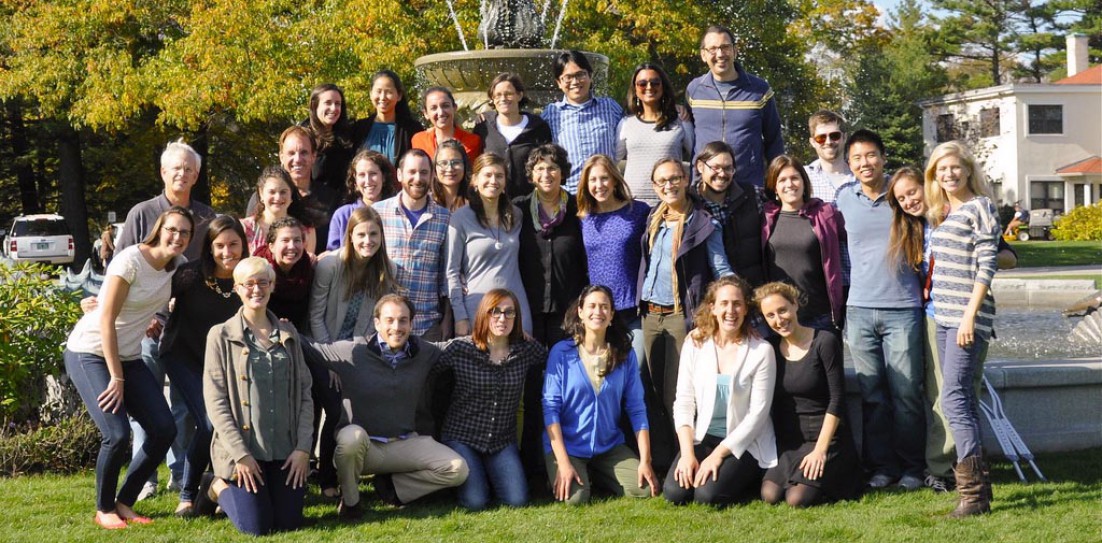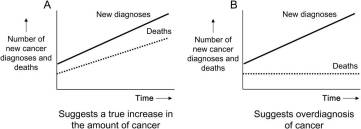On Wednesday afternoon, April 15 the Tufts University Family Medicine Residency at Cambridge Health Alliance had a fantastic field trip to the Massachusetts State House for the Annual Massachusetts Academy of Family Physician’s Advocacy Day. We had a group of PGY-2 and 3 residents along with 3 faculty attend the event.
This great annual event that is one of our key activities to get residents training, exposure and practice with direct face-to-face political advocacy with their state legislators, and for many participants, this was their first trip to a state house to interact with legislators and their staff. In preparation for the day, residents completed the Society of Teachers of Family Medicine on-line advocacy course which gives a great orientation to political advocacy. The afternoon then started with an orientation from the Mass AFP’s lobbying team who gave a legislative Overview, as well as Policy and Advocacy briefing and they also “armed us” with some “one-pagers” describing some of the talking and position points that we could share in our legislative meetings.
After this coaching we broke up into small teams of constituents to go visit the offices of our Senators and Representatives. We had many great conversations with staffers and legislators sharing some of our “real life doctoring stories” to illustrate how policies and the current healthcare climate effect our day to day practice and our patients. Massachusetts (now down to 1.8% of our population being uninsured after passing universal coverage in 2007) is ahead of the rest of the nation in closing the gaps of care. Our state also points to “next step” challenges; once near universal-coverage has been obtained, the primary care shortage gets amplified when patients finally have coverage – they want to use it! We’re also in the throes of figuring out how shifts to “value based payment” models replacing the disincentives of our traditional fee-for-servcies are requiring us to proactively create teams that can produce health and wellness, not just just respond to disease.
Many of our conversations that day were around Chapter 224, “An Act Improving The Quality Of Health Care And Reducing Costs Through Increased Transparency, Efficiency And Innovation” passed in 2012. Though not yet fully enacted, this act establishes a Health Planning Council and an independent Health Policy Commission that monitor the supply and demand of health resources and supervises and monitor transitions to Accountable Care Organizations. Pipeline and residency funding streams for primary care loan repayment programs and funding for primary care residencies are also part of this legislation. Massachusetts has passed some great legislation that will help move our health system in good directions – but there is clearly much to be figured out in the details.
For those in our program new to political advocacy the Family Medicine Advocacy Day provided a thrill in learning how to make their voices heard, and that we can serve as valuable resources to our legislators who are trying to make difficult decisions to direct our government in responsible ways. Our day at the capitol fell on the heels of a major political win for family medicine nationally when earlier in the week the US Congress passed the Medicare Access and CHIP Reauthorization Act of 2015 (HR 2), which repealed SGR and extended several key programs of importance to family medicine. It was a great week for political advocacy at TuftsFMR@CHA!!






